One of the most notable features of frogfishes is their body shape, which is typically plump and round. They have large, bulbous heads, small eyes, and shortened, blunt snouts. Their bodies are covered in small spines and protuberances, which give them a rough, spiky appearance blending perfectly with the reef they call home!
Frogfishes are also known for their ability to change colour. Unlike the cameleon, it takes several weeks for them to change colour but when they do, they blend in perfectly with their surroundings. This helps them to remain hidden both from predators and to sneak up on their prey. In addition to changing colour, frogfishes also have the ability to expand and contract their bodies, which allows them to move quickly through the water and they are one of the only fishes that can walk!
Reef clown or reef hunter?
Sex on the reef when you're a frogfish
| Frogfishes are also known for their unique mating habits. When female frogfish are ready to mate, they start producing eggs, causing their bellies to swell and become more buoyant. This attracts male frogfish, who will then nudge the female until they are both floating on the surface. At this point, the female will release her eggs, forming a gelatinous raft that the male will fertilize. Some species leave these rafts to float in the open ocean, while others attach them to their bodies or the ocean floor and guard them until they hatch. Females can produce between 40,000 and 180,000 eggs per season, and the resulting fry emerge from the eggs after 2-5 days looking like tiny jellyfish with long fin filaments. After a few months, they begin to take on the same coloration as poisonous sea slugs, which helps them avoid being eaten by larger fish and other predators. Eventually, the fry will settle onto a reef and stay there until it is time to mate again. |
3 fun facts about frogfishes that you should know about!
2/ Another interesting fact about frogfish is that they have the fastest known bite in the animal kingdom, with a predatory strike speed of 1/6000th of a second. This makes their bite the fastest self-powered predatory strike in the animal kingdom, with mantis shrimp and seahorses coming in close behind...
3/ Inflation - Frogfish can inflate their body to startle predators. Frogfish do not have teeth and it swallows its prey in one piece. It can swallow the prey that is 2 times bigger than the fish itself thanks to ability to expand the mouth 12 times its normal size.
Frogfish Identification
| One common species of frogfish found in the Indo-Pacific region is the giant frogfish (Antennarius commerson). This species can reach up to 30 cm in size and is distinguished by its long rod (called an illicium) and small, bushy esca (lure) with fine, long filaments. The giant frogfish also has thick, bulb-like second and third dorsal spines. |
| Another species found in the region is the freckled frogfish (Antennarius coccineus), which grows up to 10 cm in size and has an illicium of the same length as its second spine. This species has a small tufted esca with dark swellings at the base and lacks a distinct tail base, which distinguishes it from the similar-looking spotfin frogfish. |
| The warty frogfish (Antennarius maculatus) is another commonly encountered species, growing up to 8-10 cm in size and having an illicium that is twice as long as its second spine. This species is easily recognizable by its warty skin, triangular patches radiating from its eye, and a thin membrane on its second and third dorsal spines. Its esca is designed to mimic small fish or shrimp and has an "eye spot." |
| The painted frogfish (Antennarius pictus) is a rarer species in the Indo-Pacific, growing up to 15 cm in size and having an illicium that is twice as long as its second spine. It is distinguished by its bushy esca with compressed appendages and can be easily confused with a juvenile giant frogfish. However, the painted frogfish has three spots on its tailfin and can also have a color phase similar to the warty frogfish, but with triangular markings that do not radiate from the eye. |
| The striated or hairy frogfish (Antennarius striatus) is another species found in the region, reaching up to 20 cm in size and having an illicium of the same length as its second spine. It is distinguished by its distinctive stripe pattern and its esca, which has large, worm-like appendages. |
| The sargassum frogfish (Histrio histrio) is a species that is leaves offshore, typically found in sargassum weed drifting in the ocean, and therefore is rarely seen by divers. It grows up to 15 cm in size and has an illicium that is half the length of its second spine, as well as a small esca with folds. We got extremely lucky to spot this fellow near the surface to get this beautiful triple reflection! (only one frogfish here, the bottom one...) |
| The psychedelic frogfish (Histiophryne psychedelica) is a very distinctive species with a freaky appearance. It has only been found in a few places around Ambon and is thought to live very deep, coming to diveable depths only to breed. It grows up to 5 cm in size and lacks an illicium and esca. |
Here are some tips on how to spot, photograph, and appreciate the unique characteristics of these masterful creatures.
Spotting Frogfishes
Improve your frogfish shots!
Here are some tips to keep in mind to ensure you capture the best shots.
- When taking underwater photographs of frogfish, patience is crucial. Avoid touching, poking or disturbing them as they are likely to carry on with their natural behavior, providing great opportunities for capturing stunning shots.
- The choice of lens will depend on the size of the frogfish, ranging from 105mm to 10.5mm. However, most mid-range lenses are suitable for capturing these fascinating creatures, and even a compact camera can deliver excellent results.
- For intricate details of their camouflage pattern, side lighting is recommended.
Inward-facing strobe positioning is ideal for creating a black background behind the frogfish, even with only a few inches of open water. Leave enough space in the frame to be prepared for capturing unique behavior shots, such as the frogfish using its lure or yawning. - Locking the focus is useful for capturing rapid-fire photos or when photographing black objects, while using a shallow depth of field can create a beautiful bokeh in the background, helping to highlight the frogfish against its surroundings.
In conclusion, frogfishes are a true wonder of the underwater world. By following these tips, you can spot, photograph, and appreciate their beauty and charm. So, the next time you're on a dive trip, keep an eye out for these quirky creatures and be prepared to be mesmerised!

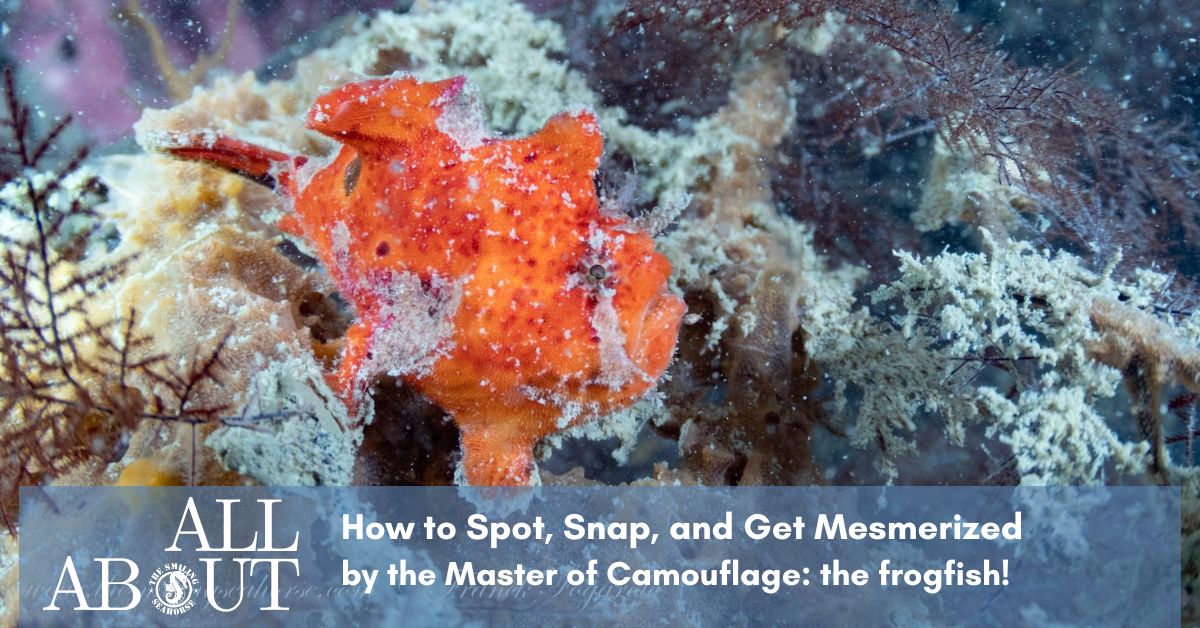
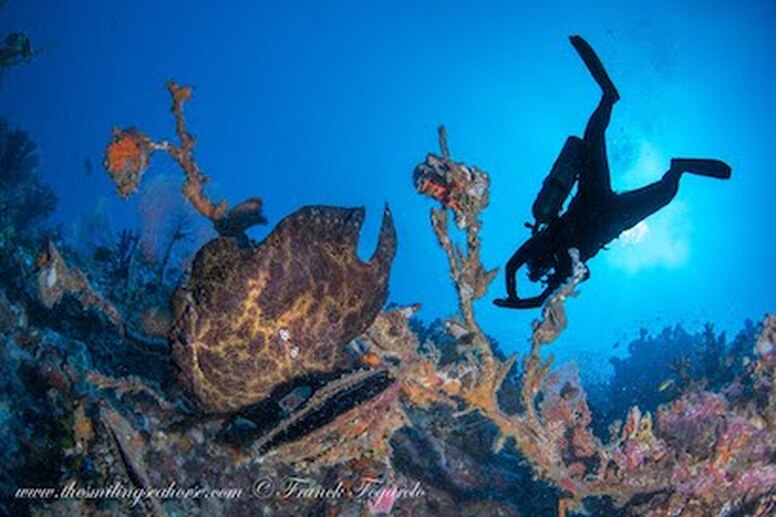

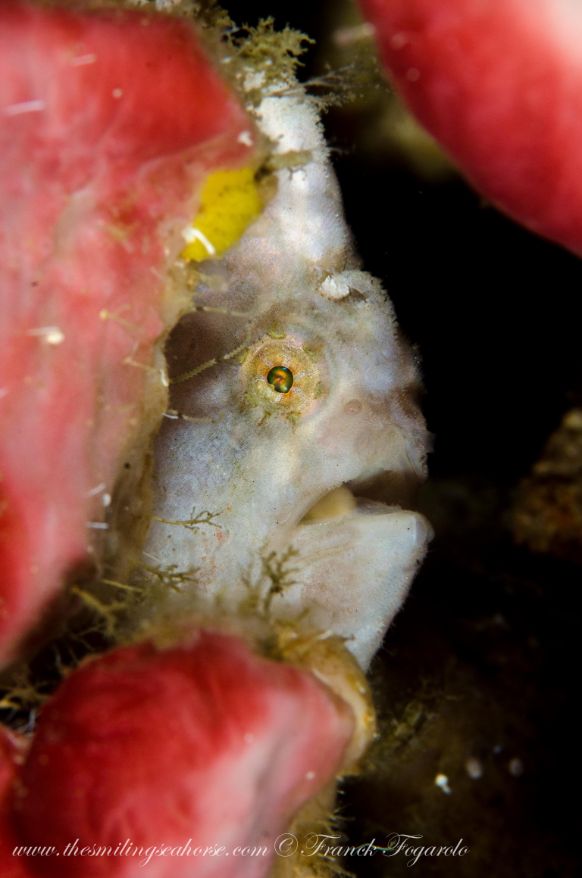
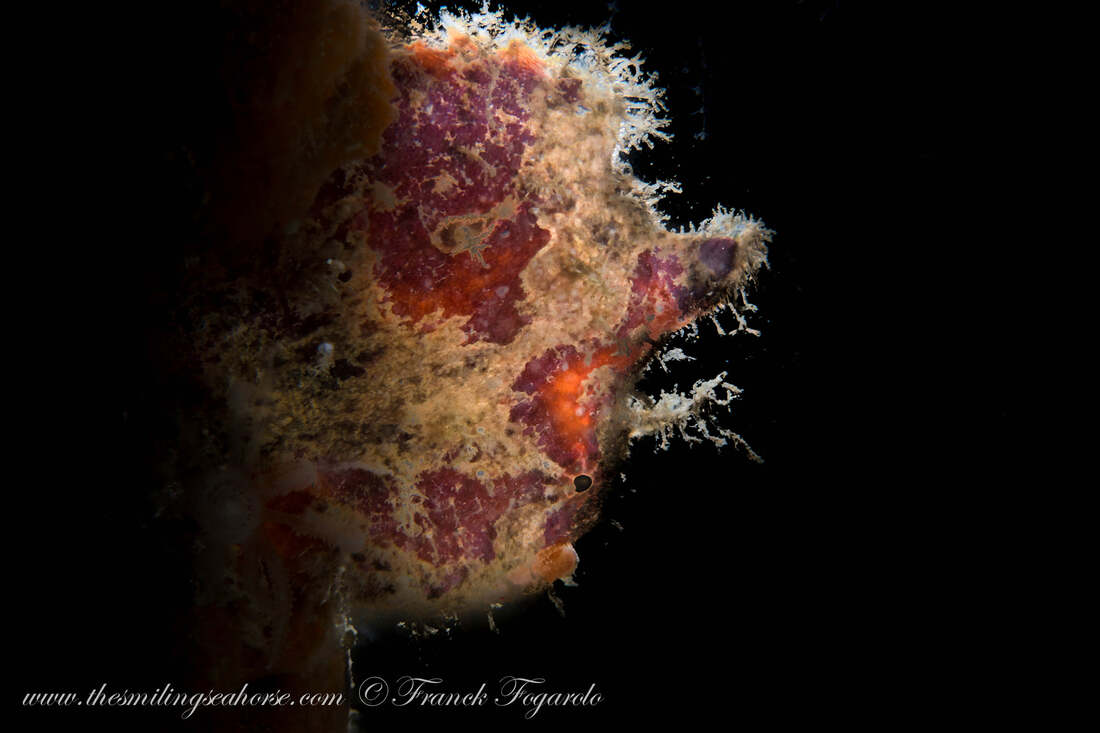
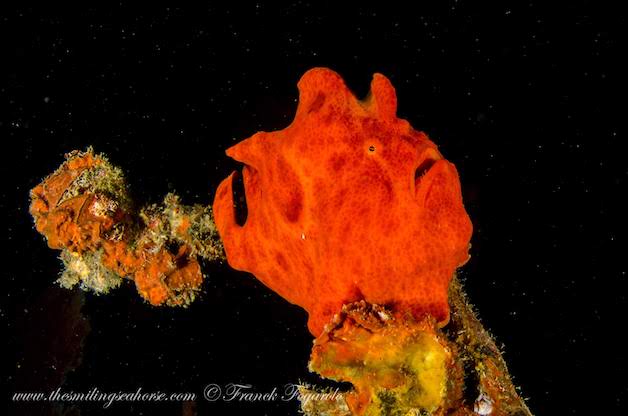
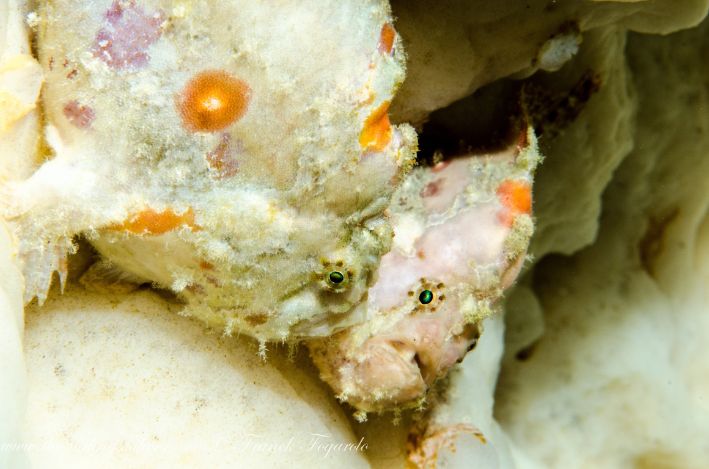
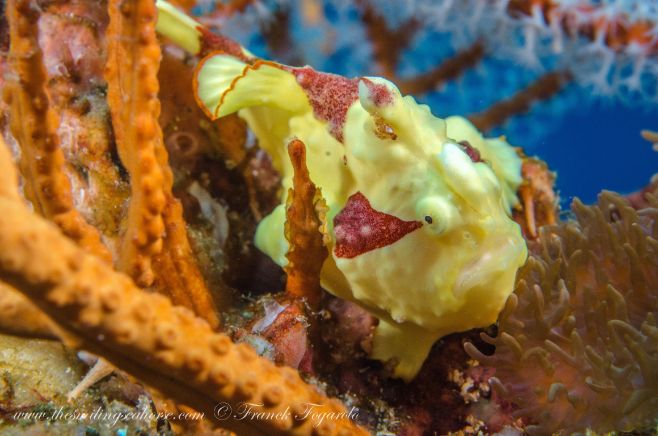
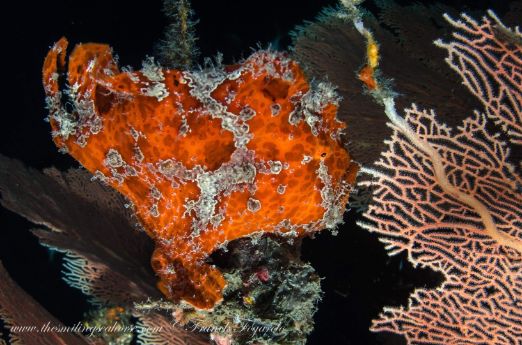

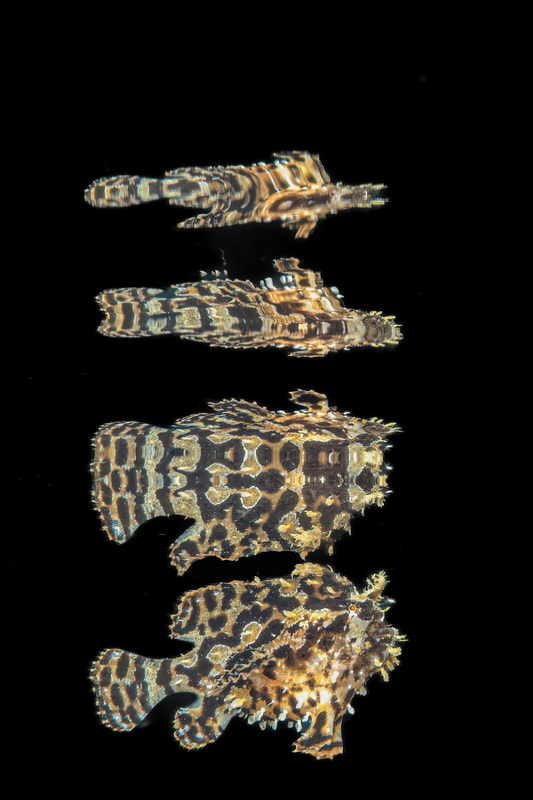
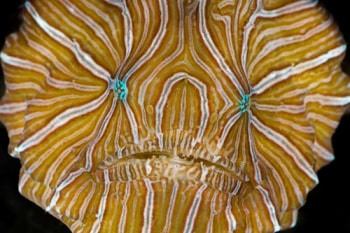
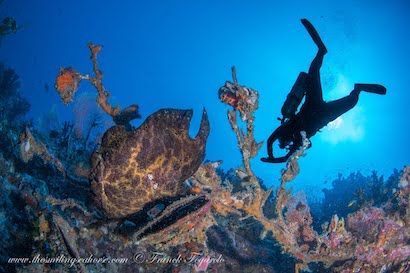
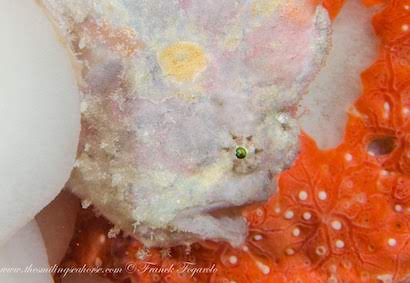
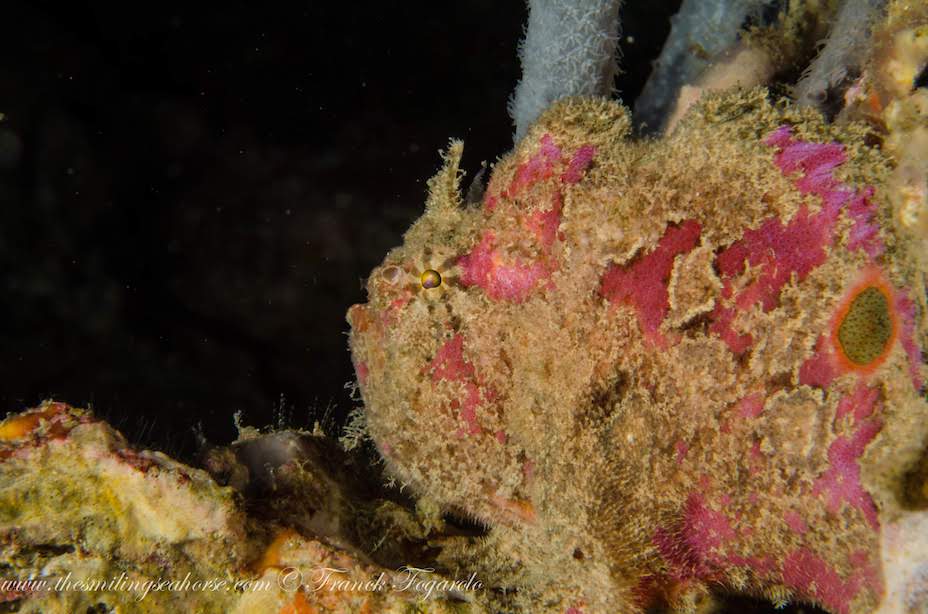
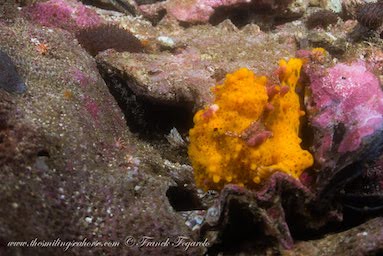
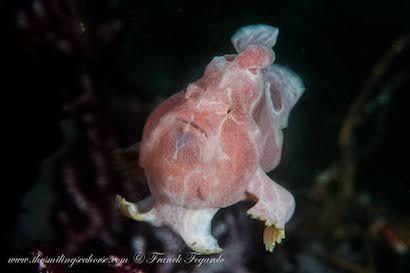
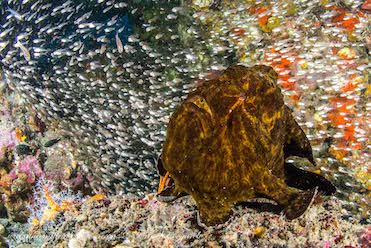
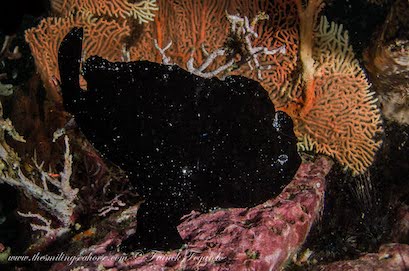
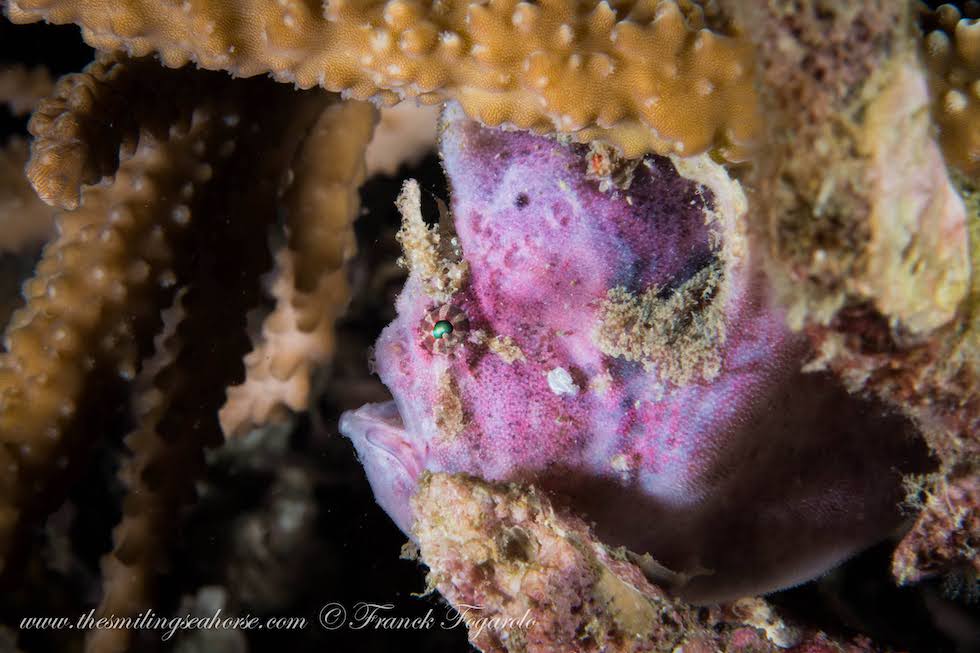
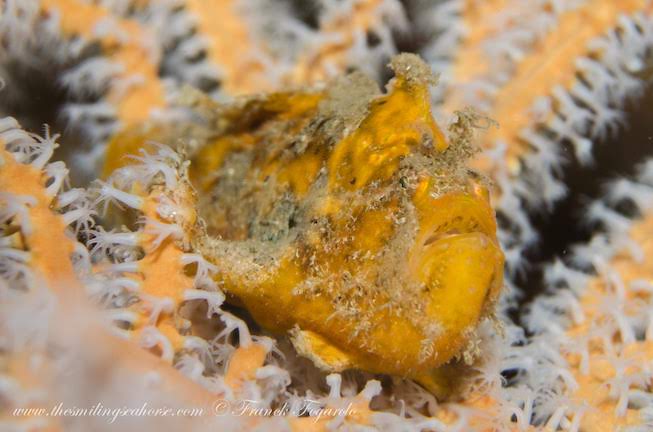
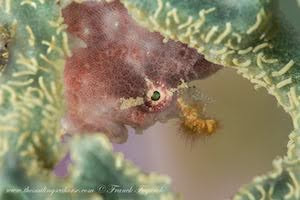
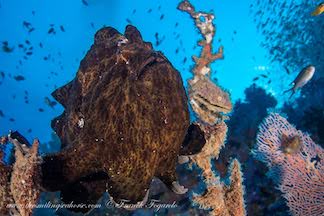
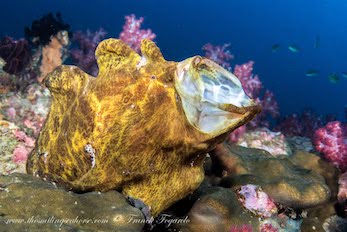
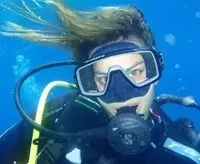


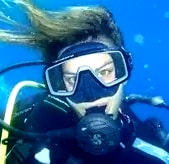

 RSS Feed
RSS Feed




